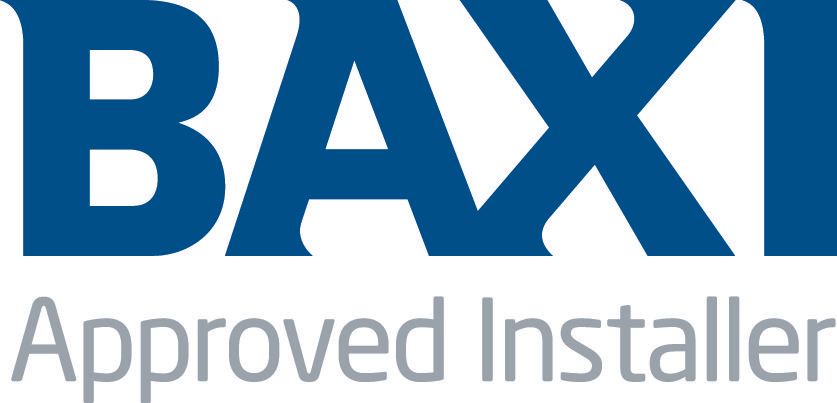How To Prevent Limescale
It is essential to make informed choices and install effective measures to help protect your boiler from limescale

GasEngineer spoke with Richard Braid - Managing Director of Cistermiser, regarding the detrimental effect limescale can have on the efficiency of our boiler and what we can do to reduce build-up.
Heating engineers will be all too familiar with how frequently and aggressively limescale can form in heating and hot water systems in hard water areas, and the problems it can cause.
Around 60% of UK homes are in hard water areas and one the worst is the Midlands.
If preventative measures are not taken, rock-like limescale deposits can adhere to surfaces - including the inside of heating system pipework and components such as heat exchangers - and it's a stubborn one to try and remove! Overtime the build-up will significantly reduce performance, efficiency and longevity of heating appliances. The impact can't be ignored: just a 1.6mm coating of limescale on the boiler's heating element can cause a 12 percent loss in heating efficiency. Component damage and faults are also likely, and complete boiler failure is even possible.
It is now standard practice to include limescale prevention measures in new boiler installations in homes supplied with hard water, and there are several ways to inhibit limescale. At entry level there are electrolytic and magnetic methods, which are compact and don't require an electrical supply. Some models may have a relatively limited lifespan, which is something to bear in mind. Alternative options include the installation of a water softener or phosphate dosing. Phosphate is a natural nutrient that does not alter the hardness or softness of the water; instead, minerals in the water are kept in suspension, preventing them from forming limescale deposits. The phosphate also creates a thin, non-residual protective coating on metal surfaces. The food-grade phosphate compound used is tasteless, odourless and safe for consumption. It is consistently introduced in microscopic quantities through a dispensing device installed directly on to the cold water supply. Devices operate without electricity and do not require drainage.
Food for thought when trying to keep limescale to a minimum!















